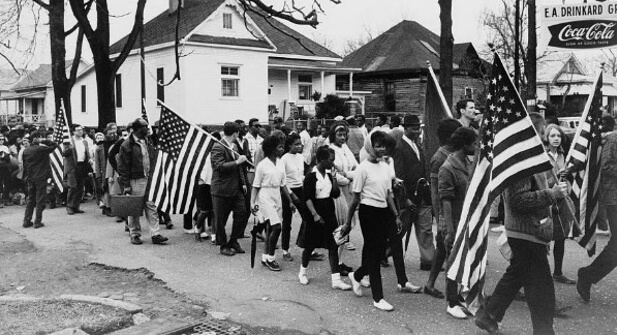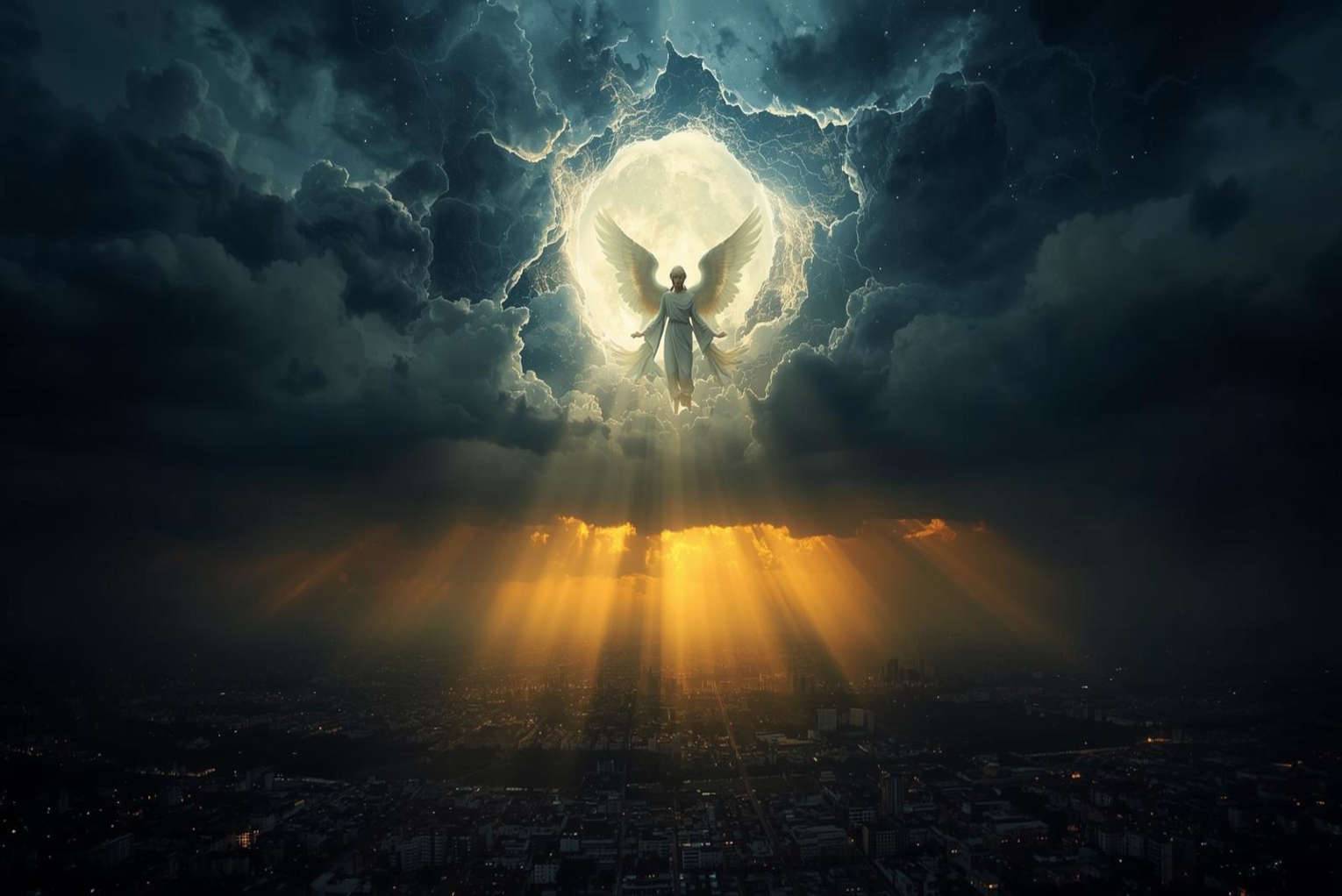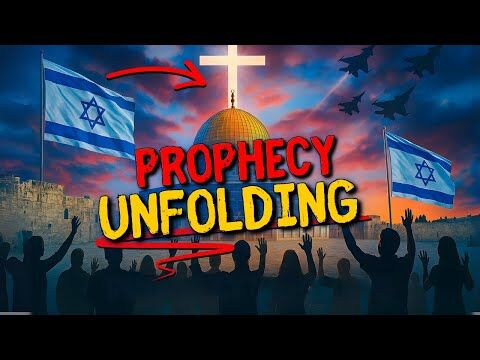The recent movie Selma tells the story of the civil rights efforts to gain the right of unencumbered voting for blacks in Alabama. As the movie begins, the raw juxtaposition of Martin Luther King Jr.’s receiving the Nobel Peace Prize and the deaths of four black girls in the bombing of the 16th Street Baptist Church of Birmingham, Alabama, sets the stage for the battle between King’s philosophy of non-violence, and the brutal response of Sheriff James Clark. The movie covers the Selma events of February-March, 1965.
One of the reasons that the events of Selma are worthy of special attention is that they give insight into how local events became a national crisis, involving the president of the United States and the emergence of the Federal Voting Rights Act, signed into law by Lyndon Johnson on Aug. 6, 1965.
Why does this story matter today? Here are six answers.
1. This story is recent.
This year is the 50th anniversary of the events of Selma. Historically, that is recent. For example, I was 19 when these events were taking place. As I watched one young 19-year-old-looking man give the finger to the demonstrators in a 50-year-old real-time news clip in the movie, it struck me: I could be sitting beside that 69-year-old man in this very theater. And for all I know, his bitterness toward blacks could have intensified over the decades. Or he may be ashamed that his picture is forever captured as the symbol of white hatred.
Over 30 million people were born in the U.S. who are 10 years older and 5 years younger than I am. The vast majority of those are alive today. The events of Selma are living memories for them. How many of them were racists 50 years ago? How many of them are still? Fifty years is not a long time.
2. The story illuminates structural racism.
In one illuminating scene Martin Luther King Jr. and colleagues are strategizing about how best to make progress in the right of blacks to vote. The conversation takes us into the labyrinth of racism underlying the denial of this right and how it creates other injustices. For example, white brutality against blacks, whether from the police or from the KKK or whomever, was seldom brought to justice. Why? All the juries were white. Why were all the juries white? Because you had to be registered to vote to serve on a jury. This is part of what is meant by structural racism. Of course, it is all rooted in the personal sin of racism in the heart. But once those hearts put enough processes and procedures and policies in place, the structures carry themselves forward.
3. The story is honest about King’s moral failures.
In one painful moment, Coretta asks her husband, “Do you love me?” He answers, “Yes, I love you, Coretta.” Then she asks, “Do you love the others?” After a long pause, King says, “No.” She walks to another room. What makes her faithfulness to him the more remarkable is that this kind of threat to the marriage was on top of the “fog of death” that hovered over the family because of continual threats.











































